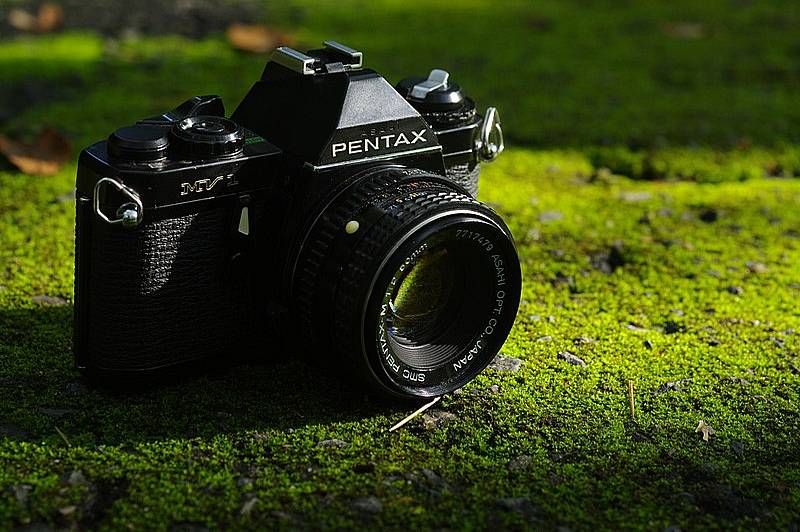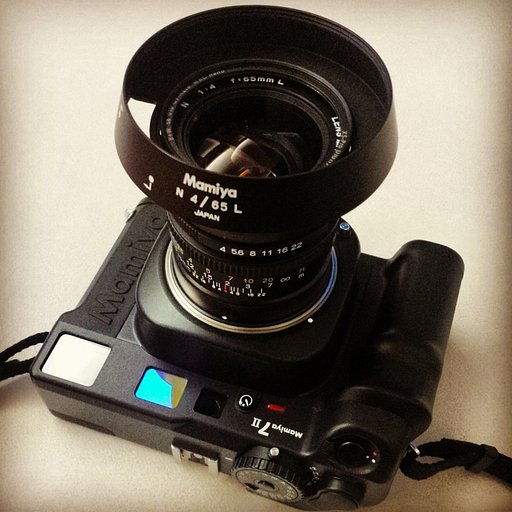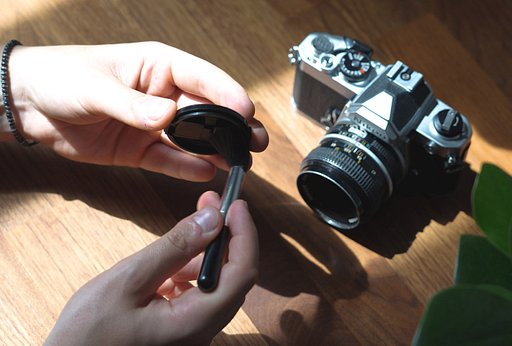Lomopedia: Pentax MV-1
1 8 Share TweetPentax released the MV-1 in 1980 as a follow-up to the older and simpler MV which was released just a year before. It was Pentax's solution to bring a more feature-forward 35mm SLR to the consumers while still retaining its more beginner-friendly appeal.

The Pentax MV-1 is a dream for SLR users who prefer to have a more "compact" camera to bring around on photowalks. Pentax picked up the small frame 35 mm SLR trend that the Olympus OM-1 started in 1972 and subsequently introduced the MX and ME cameras. There are a few improved features that the MV-1 carried over its predecessor including the ability to use the winder attachments for the ME I or ME II, a self-timer, memo holder on the back, data back attachment for the Dial Data ME, and a wider ASA range from 25 to 1600. Beginners will love the rudimentary operation of the MV-1—its viewfinder display is uncluttered and its controls lean towards easier understanding and mastery.

One of the things that made the MV-1 stand out was its lack of a shutter speed selection. Users are basically limited to a 1/100s speed and a bulb mode option in manual mode while the electronic focal plane shutter speeds range from 1s to 1/1000s synchronized at 1/100. This makes the MV-1 much more suited for the shooter who wants a more simplified approach to SLR photography—something that can be fun, as well as challenging to those who are used to a wide variety of settings in their camera.
Other MV-1 tidbits:
- The Pentax MV-1 is 42 years old this year (2022).
- Its bulb mode can be used without a battery.
- It can use lenses appropriate for the K bayonet mount.
- The MV-1 was available in black and chrome finishes.
Sample Photo Gallery
Technical Specifications:
Film: 35 mm cartridge film
Shutter: Seiko MFC vertical-run metal focal-plane shutter; shutter speeds automatically varied between 1 sec. and 1/1000 sec.; mechanical settings of "100X" and "B" provided (operates without batteries at manual settings)
Self-timer: Delays shutter release 4-10 seconds
Exposure Metering: Open aperture, center-weighted through-the-lens (TTL) light metering via SPD cell. Exposure range from EV 3 (ASA 100 1/4 sec. at f/1.4, 1 sec. at f/2.8) to EV 19 (ASA 100, 1/1000 sec. at f/22)
Film Speed Range: ASA 25 to ASA 1600 (Exposure Compensation via ASA film speed dial. LED "Stop/Go" exposure readout in finder).
Auto Flash Synch: Syncs automatically for AF 200S Auto Flash Unit at 1/100 sec. via hotshoe shutter dial set to Auto; hotshoe contact also provided for flash ready indicator in viewfinder
Mount: Pentax Bayonet Mount
Viewfinder: Aluminum-coated pentaprism with split-image/microprism focusing screen; shows 92% of the picture area, 0.85X magnification with 50 mm lens; -1.0 diopter eyepiece
Viewfinder Indications: Three LED Stop/GO indicator system. Red: overexposure; Green: Adequate exposure for handheld shooting (1/1000-1/30sec.) Yellow: Slow Exposure Warning (below 1/30 sec., inadequate for handheld shooting) X AF 200S flash ready indicator
Dimensions: 132 × 84 × 49.5 mm (body only)
Weight: 425 grams (15 oz)
All information used in this article was sourced from Camerapedia, 35mmc, Imagingpixel, and Butkus Camera Manuals.
written by cheeo on 2022-07-22 #gear #lomopedia #analogue #slr #camera #gear #pentax-mv-1 #lomopedia






















One Comment